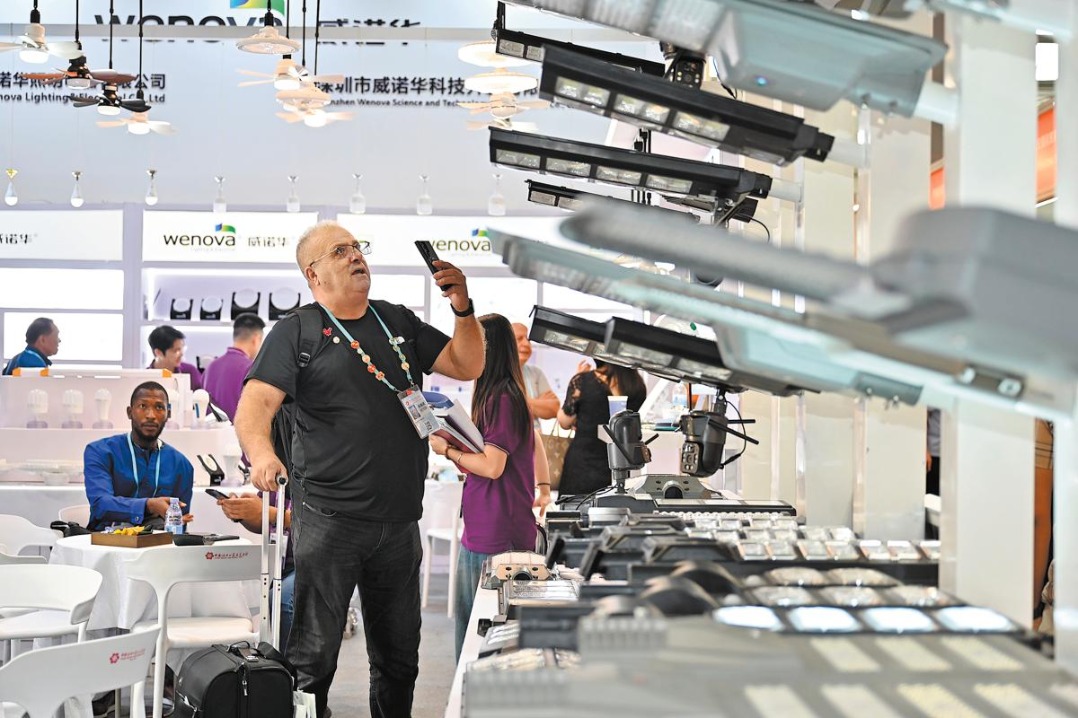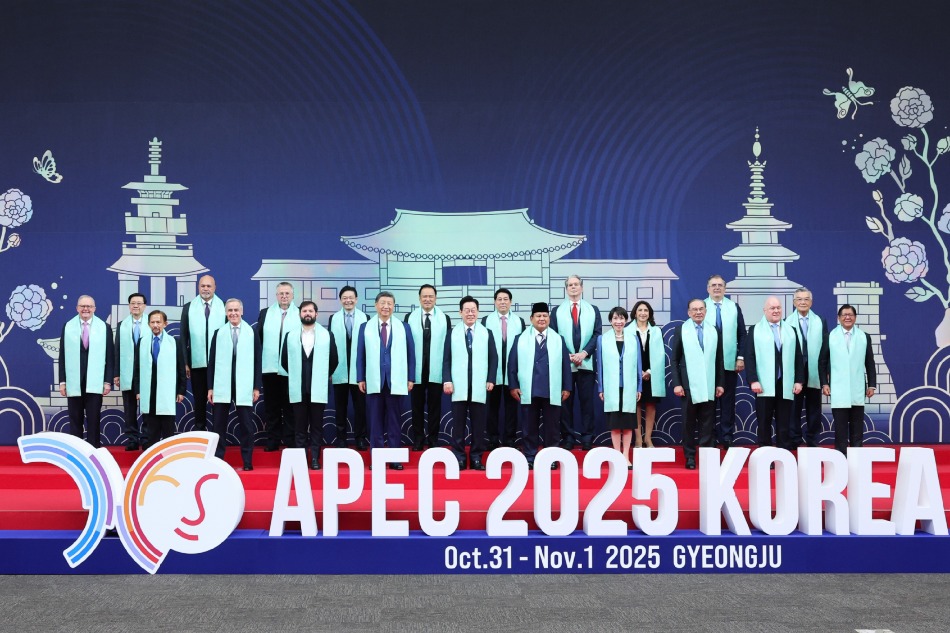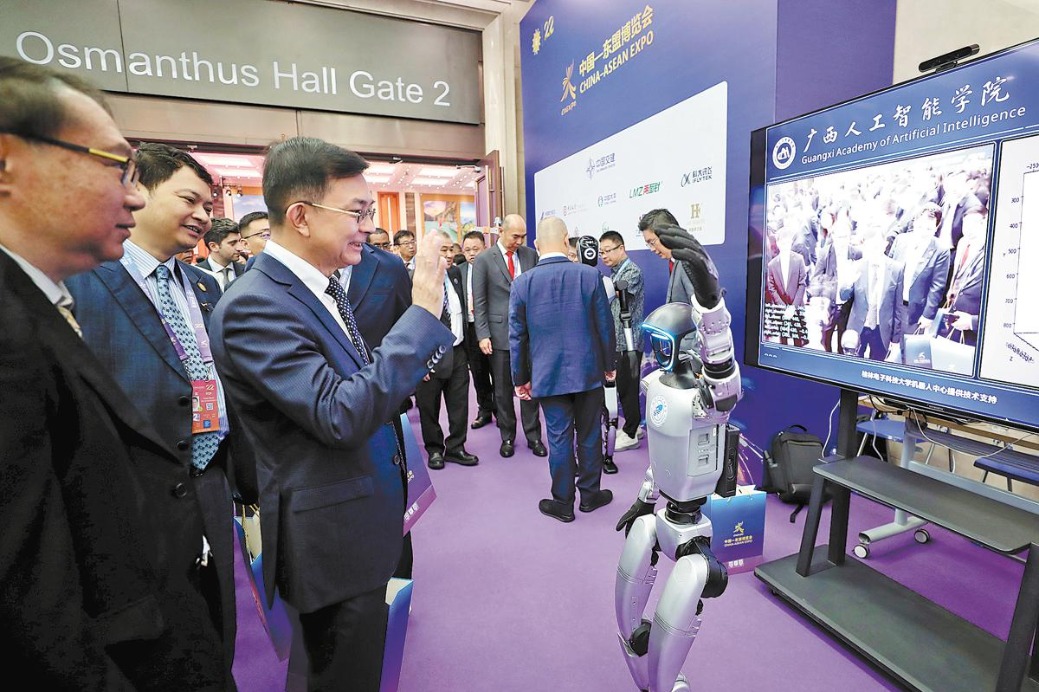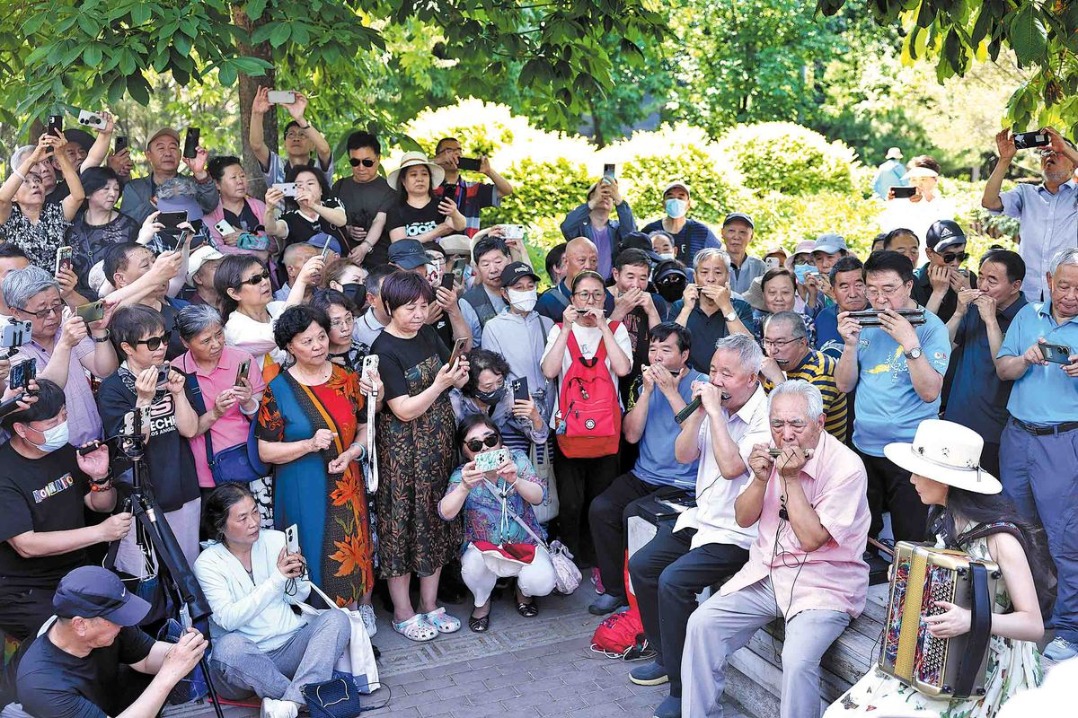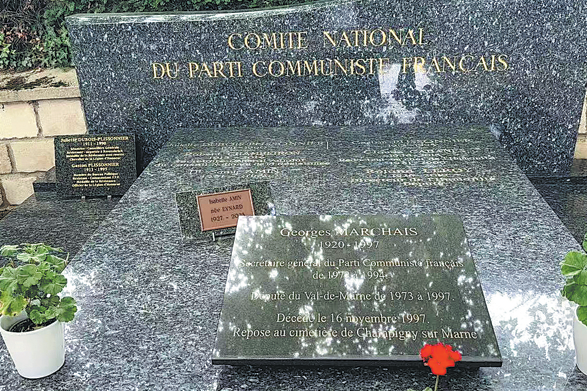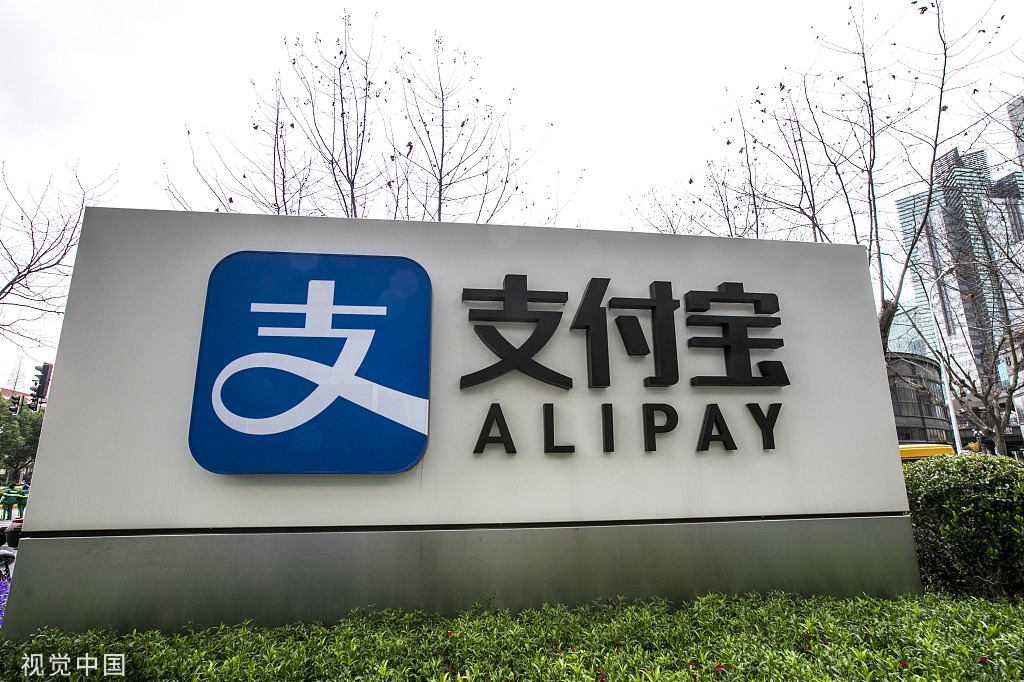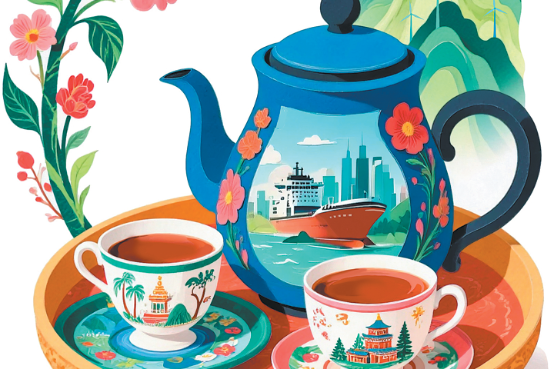Ningxia, a region of fascinating physical, human and historic diversity

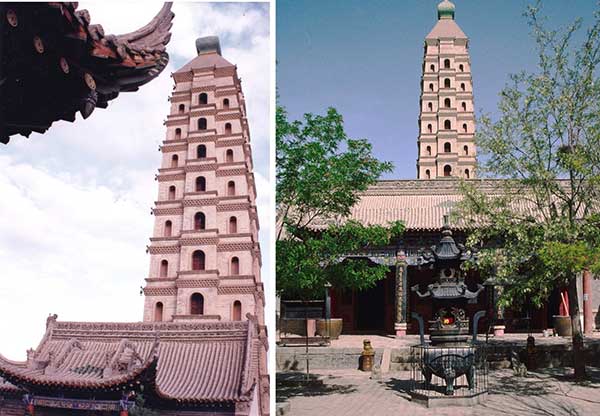
Back on the road, the weather started clearing and soon we were contouring through attractive rolling countryside. Former beacon towers rose from surrounding hills. The landscape was changing, the land drier and not so green as we passed villages of mud-brick walled flat roofed homes. Cattle stood in adjoining stalls, chickens scavenged for food while ducks lazily paddled in small fish ponds. Meanwhile, farmers filled sacks with winnowed grain to be loaded onto tractor-hauled carts.
By the time Tongxin county was reached the land was much drier. Drought had been a periodic problem for this primarily agricultural area. In recent years high-technology farming methods have been introduced to help improve output and living standards.
The majority of Tongxin’s population is Hui Muslim, many descendants of earlier Silk Road traders who intermarried and settled locally. On a hill overlooking the town rose the Tongxin Great Mosque. Composed mainly of bricks and brown wood it resembled a large temple in design but on closer inspection combined elements of Hui and Han culture - an architectural feature I had seen of many mosques across northwestern China. Then the largest and oldest mosque in Ningxia, it was built during the Ming Dynasty (1368-1644).


















